Lake Manasarovar is 35 kilometers east of Purang County, Ngari Prefecture, Tibet. There are the majestic Himalayas to the south and the steep Kailas Range to the north. Crossing the Himalayas is the territory of India and Nepal. About 30 kilometers northwest of Lake Manasarovar, there's the main peak of the Kailas Range - Mount Kailash. Lake Manasarovar and Mount Kailash are renowned as "Sacred Mountain and Holy Lake". Pilgrims come here for Kailash Manasarovar Yatra every year.
Lake Manasarovar is one of the highest freshwater lakes in the world, at an altitude of 4,588 meters, with an area of 412 square kilometers. And it can reach 70 meters at the deepest position. The surrounding natural scenery is very beautiful.
Lake Manasarovar is a holy lake recognized by many religions in the world, namely, Buddhism, Hinduism, Jainism and Bonism. Pious pilgrims have regarded it as the “Center of the World” since ancient times. As the birthplace of four great Asian rivers, Lake Manasarovar attracts thousands of travelers in the world.
General Introduction of Lake Manasarovar
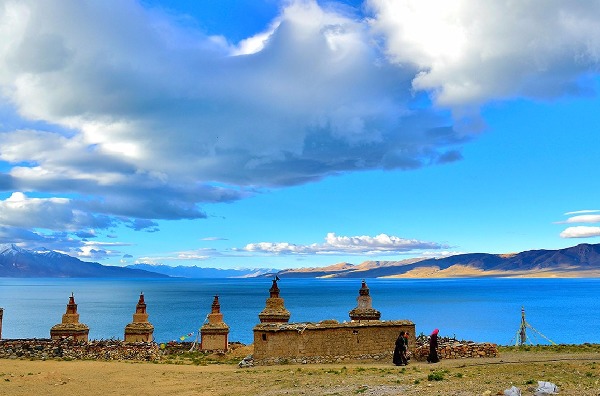
The earliest name of Manasarovar was "Matri", or "Matri Tso", which was a name of a Dragon King of Bon Religion. Buddhist sutra says that there were four dragon kings in the four sacred lakes, and at first, they always stirred up troubles and endangered the people. During the reign of Tibetan king Chisong Dezan, Padmasambhava showed his magic powers and conquered the four dragon kings, converted them to Buddhism, and the four dragon kings gradually became the four dharma protectors of Tibetan Buddhism. In the 11th century, there was a religious war by the lake. The Tibetan Buddhism Kagyu Sect won the battle with the Bon religion. Since then the lake was renamed from "Matri Tso" to "Manasarovar", which means "Invincible Jasper Lake" in Tibetan.
In many ancient scriptures, Lake Manasarovar is called the "king of the holy lake". According to Hindu legends, this is the place where Shiva and his wife bathed. Buddhists believe that using this lake to purify the body can clear all kinds of worries, delusions and sins in the mind. Drinking this lake water can get rid of all diseases and strengthen the body. Pilgrims can gain immense merit if they go around the lake. Therefore, constant pilgrims have always regarded it as the greatest blessing in life for doing kora around the lake or dipping in the lake.
Every summer, pilgrims walk to this holy place and do pray. In addition to the Tibetans, there are also many Indians and Nepalese. In Hindu mythology, lake Manasarovar was conceived in the mind of Brahma as his son needed a place to bathe after spiritual practice in a sacred mountain. So, Hindus usually have a bath in the lake, while Tibetan Buddhists generally just do kora without going into the water. As for travelers, although the lake is cold in the warmest season and it's windy by the lake, yet many people rinse with the sacred water, wishing to purify the bad karmas and get peace of mind. If you were lucky enough to catch a fish, pick a stone or a feather of a gull bird from the lake, which is believed to be a reward of the Dragon King, you will achieve wealth in the future.
Geographical Conditions
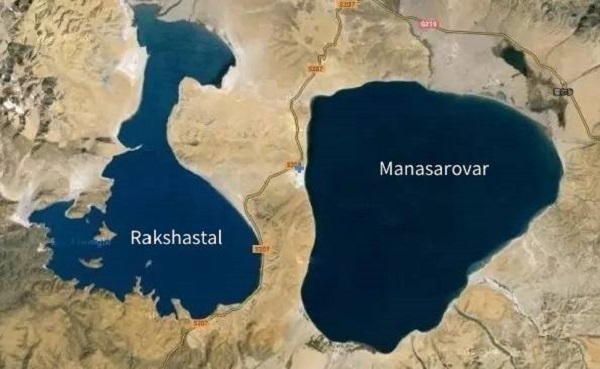
Lake Manasarovar is the most transparent fresh lake in China. It is dotted between Mt. Kailash and the Gurla Mandhata. The shape of the lake is like a pear with a length of 26 kilometers and a width of 21 kilometers. The lake is at an altitude of 4,588 meters. The average depth of it is about 46 meters, and the maximum depth is 81.8 meters. The total square of Lake Manasarovar is about 412 square kilometers. Standing by the bank of the river, you can see the fourteen meters deep of clean lake. There are many micronutrients in the lake, such as B, Li, F, and so on. The main supplies of the lake are the melting glacier and the rainfalls.
There are eight temples scattered all around the lake. On the west side of Lake Manasarovar, there is a ghost lake called Lake Rakshastal. According to legend, it is the sister lake of Manasarovar. Interestingly, the water in lake Manasarovar is fresh, while the water in lake Rakshastal is very salty so no grass grows on the lakeside. In the Tibetan language, it means a poisonous black lake. Buddhists believe that Manasarovar and Rakshastal, representing light and darkness respectively. The two lakes connect with each other through a channel at the bottom. People think the mutual circulation of the water is an auspicious sign. On the contrary, if the lakes dried up, the interruption of circulation between the two lakes will cause disasters to the world.
Lake Manasarovar Travel Tips
1. The best time to travel to Manasarovar is from May to late June. During this period, the weather is generally fine, and the sunny days last for nearly 6-8 days. The rainy season starts in early July, with the most rainfall in July and August.
2. Gompa Monastery (Chiu Gompa) was built right onto a steep hill. It looks as if it was carved right out of the rock. The hillside next to the monastery is the best place to watch the holy lake Manasarovar. Looking down from the top of the hill, you can have a panoramic view of Lake Manasarovar.
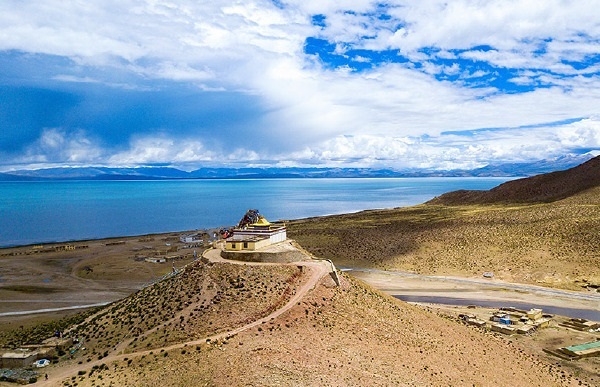
3. The best way to show the believers’ sincerity is to do a kora around the lake. It always takes them four or five days to do the kora. For travelers, you can sit along the bank of the lake quietly and enjoy the attractive views around you. Having a sunbath and seeing the snow-capped mountains in a far distance, what an incredible journey!
4. Chuguo Temple is the largest temple around the holy lake. It is also a good place to shoot the holy lake.
5. To visit Manasarovar Lake, you can have a Kailash Manasarovar trip departing either from Lhasa or Kathmandu.
6. When you travel to the holy Lake Manasarovar, you’d better lower your expectations of the accommodation because you are in a remote Tibetan area, which is far away from the city. Only guesthouses are available to you. You’d better bring some dry food and some instant food as it is hard to find a store in this area.
Cover important sites in central and western Tibet such as Everest Base Camp, holy Mount Kailash and Lake Mansarovar.
The spiritual journey takes you to visit holy Mount Kailash and Lake Manasarovar, as well as the shrines in Kathmandu.
Appreciate the world's highest peak Everest, enjoy a pilgrimage trip to Mt.Kailash, and explore the lost Guge Kingdom.
Get More Itineraries Including Lake Manasarovar
Email response within 0.5~24 hours.



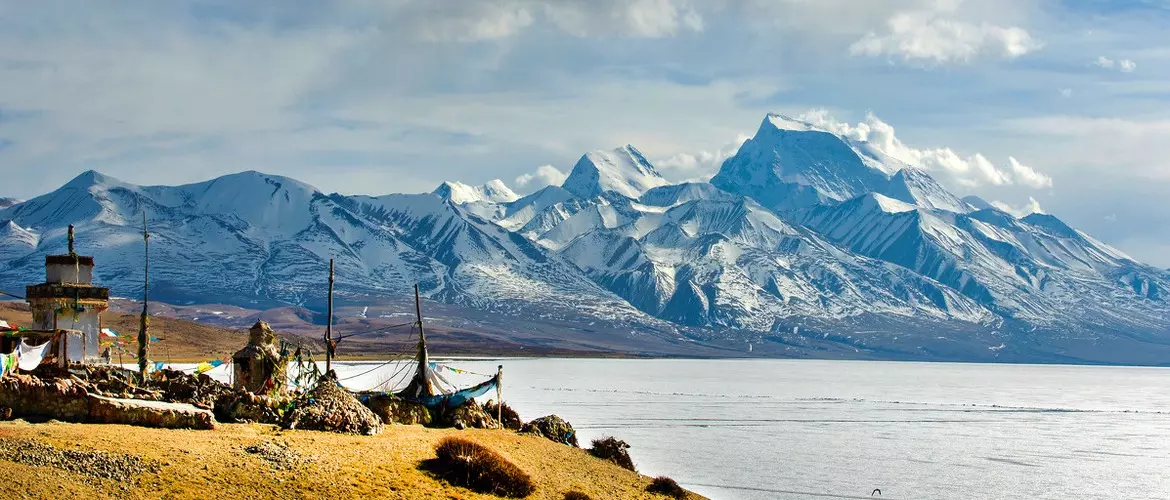
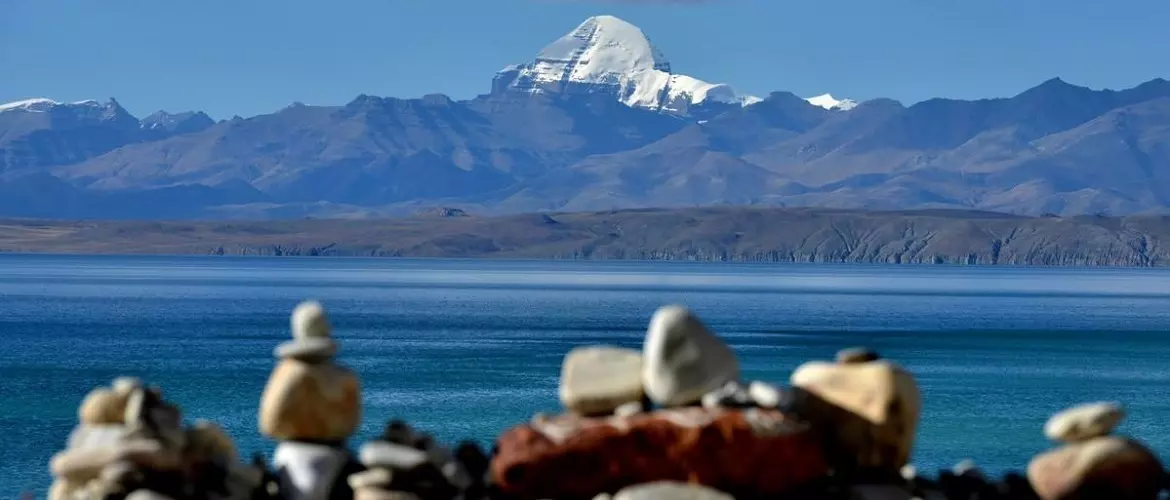
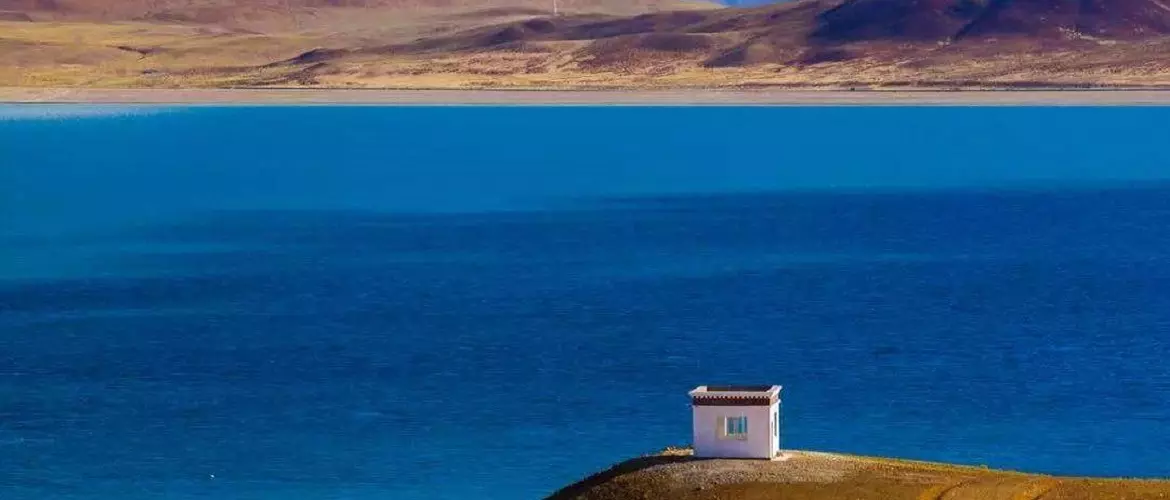
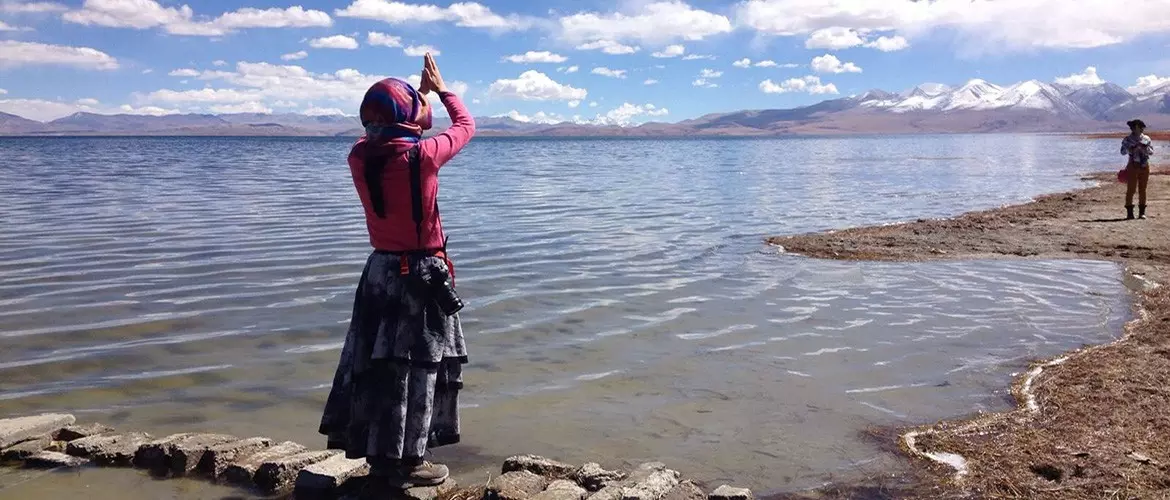
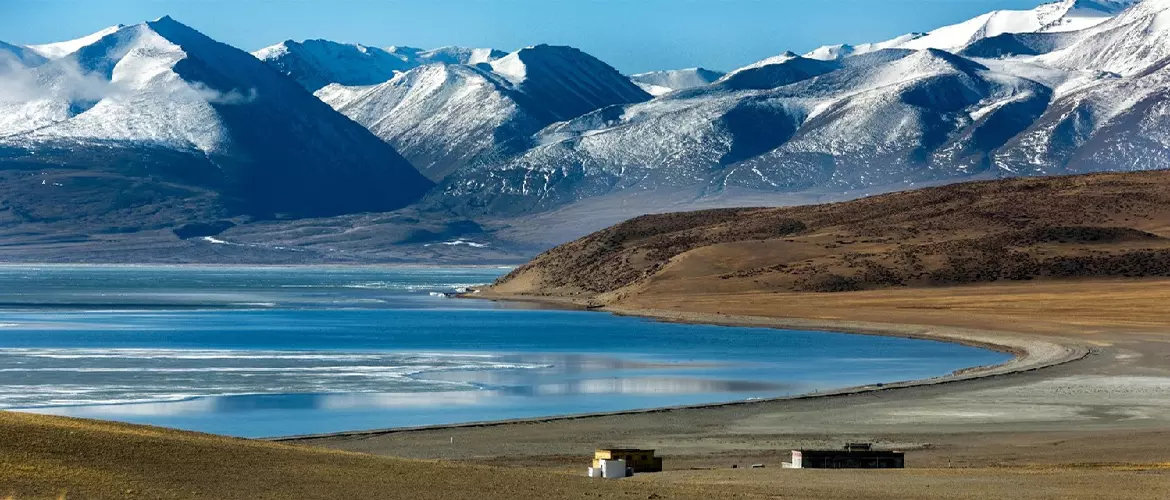
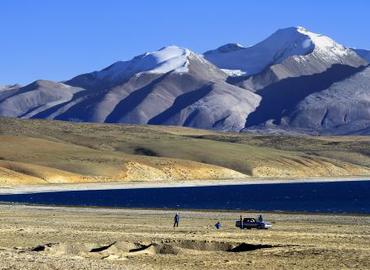
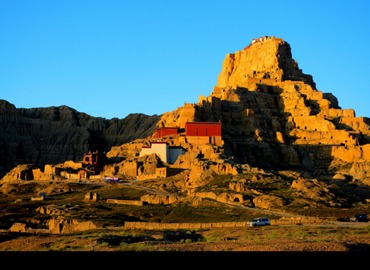
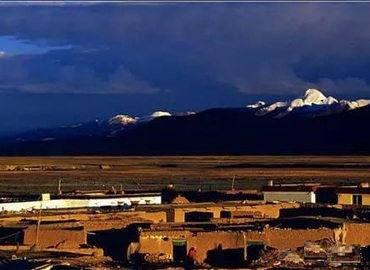
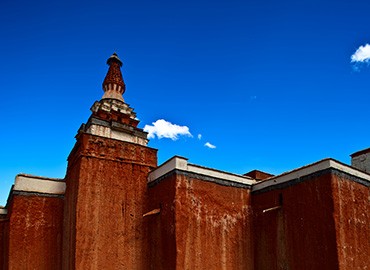
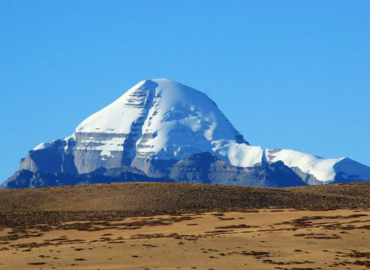
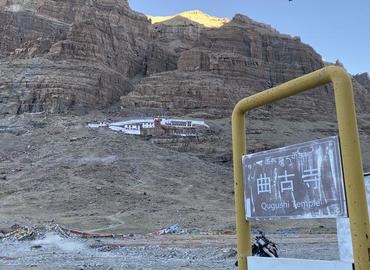
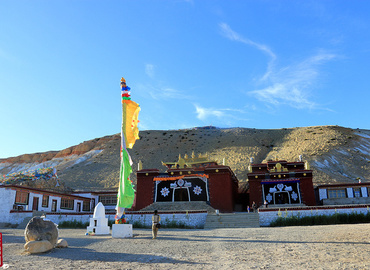
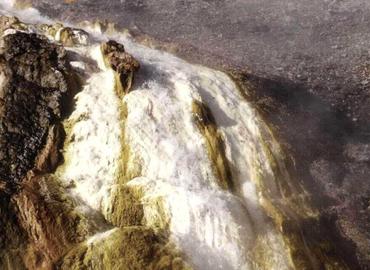
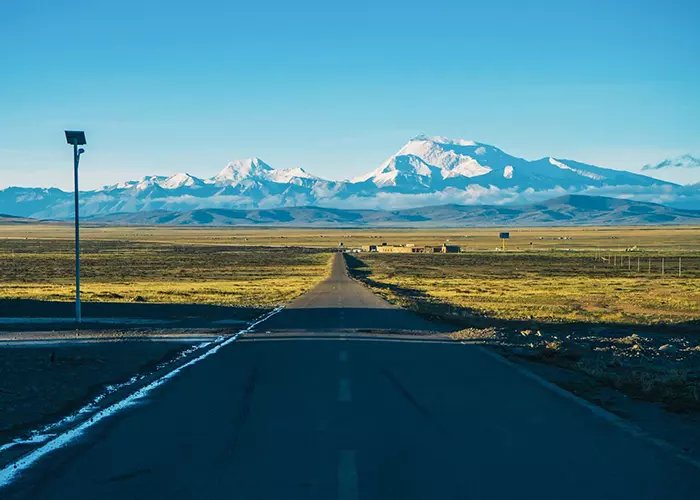

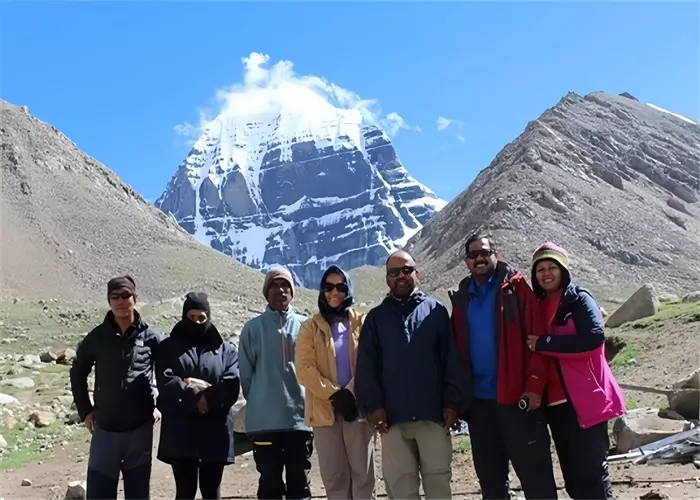
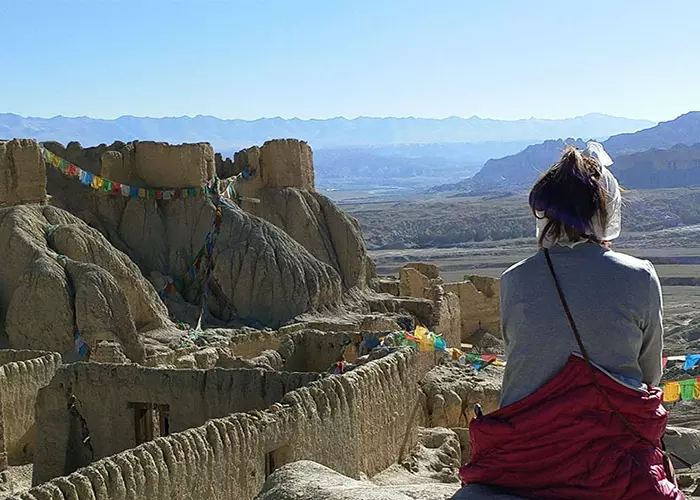
Typically Asked Questions from Our Clients
Asked by Mudi***
My main interest is to visit Manasarover and do trekking around the lake. Which of your tours have this? Also, I am a very fit 80 year old American. Do you see any problems with this? I would like to go in august.
Dear Mudi***, Usually we don't suggest seniors over 70 visit the area of Mt.Kailash and Lake Manasarover as its altitude is quite high, above 4500 meters. Could you please consult your doctor and make sure you have no high blood pressure, respiratory, cardiovascular or cerebrovascular diseases, heart disease, or pulmonary edema? All the mentioned diseases might put you at great risk in Tibet.
It's a long journey from Lhasa, about 1500km. Also trekking around Lake Manasarover is challenging, as even a normal person trekking at such a high altitude is like carrying a weight of 30 kilos on the plain.